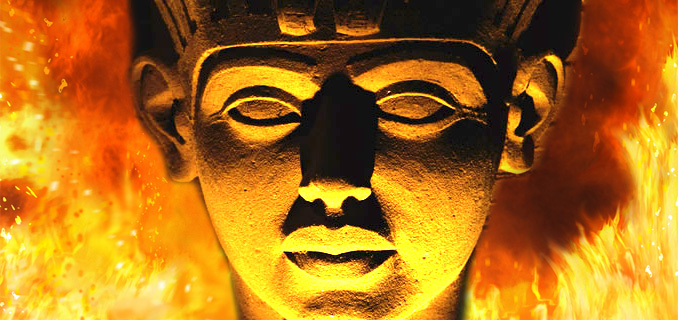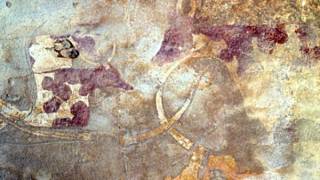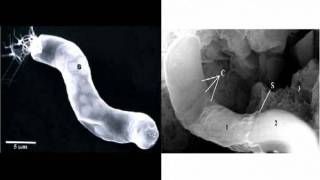Egyptologist finds evidence that ‘King Tut’ spontaneously combusted
Source: livescience.com

Though the famed Egyptian pharaoh King Tutankhamun died more than 3,300 years ago, the mystery surrounding his death and mummification continues to haunt scientists.
Now, British researchers believe they’ve found evidence explaining how the boy king died and, in the process, made a shocking discovery: After King Tut was sealed in his tomb in 1323 B.C., his mummified body caught fire and burned.
Since Egyptologists Lord Carnarvon and Howard Carter uncovered King Tut’s tomb in 1922, their discovery has been shrouded in mystery and fear. A "curse of the mummy’s tomb" entered the popular imagination after several members of the archaeological team died untimely deaths.
Archaeologist Chris Naunton, director of the Egypt Exploration Society, recently came across comments in Carter’s original notes stating that King Tut’s body appeared to have been burned, the Independent reports. Naunton then contacted Egyptologist Robert Connolly of Liverpool University, who had small samples of Tutankhamun’s bones and flesh in his office.
When the team examined the pharaoh’s remains under an electron microscope, they found that the pharaoh’s flesh did, indeed, burn after he was laid to rest inside a sealed tomb — an extremely odd event, given the meticulous attention usually afforded the mummification of a king.
These and other revelations are detailed in a new British documentary, "Tutankhamun: The Mystery of the Burnt Mummy," featuring Naunton’s investigative work (which has not yet been published in a peer-reviewed journal). But how would the fire in Tut’s sealed tomb have occurred?
A hasty burial
Experts suspect the oils used in the embalming process soaked the linen that formed the king’s burial shroud. In the presence of oxygen, these flammable oils started a chain reaction that ignited and "cooked" Tutankhamun’s body at temperatures exceeding 390 degrees Fahrenheit (200 degrees Celsius).
For years, evidence has suggested the pharaoh was buried in haste — spots on the walls of Tut’s tomb caused by microbial activity, for example, led researchers to believe that the paint on the walls hadn’t even dried before the tomb was sealed. The additional evidence of an accidental burning lends credence to the idea that Tut’s entire burial was basically a rush job.
"The charring and possibility that a botched mummification led to the body spontaneously combusting shortly after burial was entirely unexpected — something of a revelation," said Naunton, as quoted in the Independent.
[...]
Read the full article at: livescience.com
More than 90 years ago, in 1922, in Egypt’s Valley of the Kings, archaeologist and Egyptologist Howard Carter made the greatest archaeological find in history: the discovery of Tutankhamun’s tomb and its golden treasures worth nearly a billion dollar. Carter’s find made Tutankhamun the most famous pharaoh in ancient Egyptian history. But the real story of King Tut has become shrouded in myth, with many mysteries around his tomb unsolved to this day.
[...]
When a team from Liverpool University in England X-rayed Tut’s skeleton in 1968, they found loose bone fragments inside the skull and speculated Tut was a murdered. But in 2005, the results of a full CT scan yielded a different explanation of how Tut died. Could he have died in battle? Why did he have extensive damage to the ribcage on the left-hand side? Why was his heart missing?
Carters’ notes described Tut’s remains as a charred wreck. Evidence reveals Tut’s body was badly burned after mummification. To find out what may have caused his remains to burn and why, Naunton enlists the help of David Crowder, chief analyst at B.R.E., the building research establishment in Watford, England. Was it spontaneous combustion? Why was the mummification rushed? Research conducted by Harvard microbiologist Ralph Mitchell on evidence of the microbial action found in the tomb shows that like the mummification, the tomb was rushed too. Who would be able to rush a burial? Was Tut’s tomb intended for someone else? Who was buried in the tomb designed for Tut?
Source: PBS






















